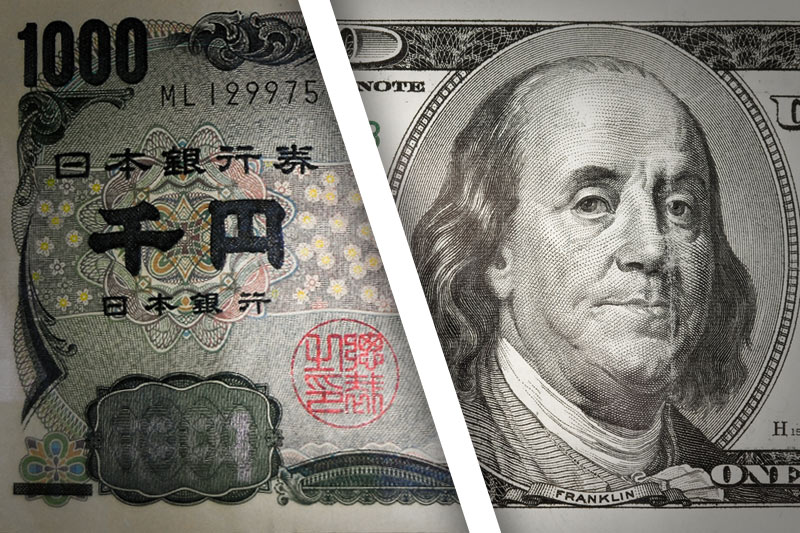Investing.com - The U.S. dollar rebounded against the Japanese during Wednesday’s Asian session despite mixed data points out of the world’s third-largest economy.
In Asian trading Wednesday, USD/JPY rose 0.41% to 96.43 after plunging almost 2.1% during Tuesday’s U.S. session. The pair was likely to find resistance at 99.29, the earlier high, and support at 95.00, Friday's low.
The greenback was under pressure against the yen on Tuesday after Bank of Japan concluded a meeting by abstaining from introducing new stimulus measures such as asset purchases, which tend to weaken a currency to spur recovery.
The Bank of Japan's decision disappointed market expectations for measures to ease volatility in the government bond market following its latest policy meeting. Tuesday’s jump for the yen was the currency’s largest one-day pop in three years.
Earlier Wednesday, a report showed Japanese core machinery orders fell 8.8% in April. Economists expected a decrease of 8.2%. Unadjusted core orders also fell 1.1% on a year-over-year basis. Machinery orders are considered to be an important sign of capital investment.
Separately, the Bank of Japan said that Japan’s Corporate Goods Price Index rose 0.6% last month following a flat reading in April. Analysts had expected the 0.6% increase.
Still, the yen’s recent strength is seen as damaging to global equity markets. Japan’s major indexes fell more than 2% Tuesday while the S&P 500 fell more than 1% and the Dow Jones Industrial Average absorbed a triple-digit loss.
Elsewhere, AUD/JPY jumped 0.77% to 91.32 while EUR/JPY advanced 0.50% to 128.53. NZD/JPY rose 0.95% to 76.32.
In Asian trading Wednesday, USD/JPY rose 0.41% to 96.43 after plunging almost 2.1% during Tuesday’s U.S. session. The pair was likely to find resistance at 99.29, the earlier high, and support at 95.00, Friday's low.
The greenback was under pressure against the yen on Tuesday after Bank of Japan concluded a meeting by abstaining from introducing new stimulus measures such as asset purchases, which tend to weaken a currency to spur recovery.
The Bank of Japan's decision disappointed market expectations for measures to ease volatility in the government bond market following its latest policy meeting. Tuesday’s jump for the yen was the currency’s largest one-day pop in three years.
Earlier Wednesday, a report showed Japanese core machinery orders fell 8.8% in April. Economists expected a decrease of 8.2%. Unadjusted core orders also fell 1.1% on a year-over-year basis. Machinery orders are considered to be an important sign of capital investment.
Separately, the Bank of Japan said that Japan’s Corporate Goods Price Index rose 0.6% last month following a flat reading in April. Analysts had expected the 0.6% increase.
Still, the yen’s recent strength is seen as damaging to global equity markets. Japan’s major indexes fell more than 2% Tuesday while the S&P 500 fell more than 1% and the Dow Jones Industrial Average absorbed a triple-digit loss.
Elsewhere, AUD/JPY jumped 0.77% to 91.32 while EUR/JPY advanced 0.50% to 128.53. NZD/JPY rose 0.95% to 76.32.
